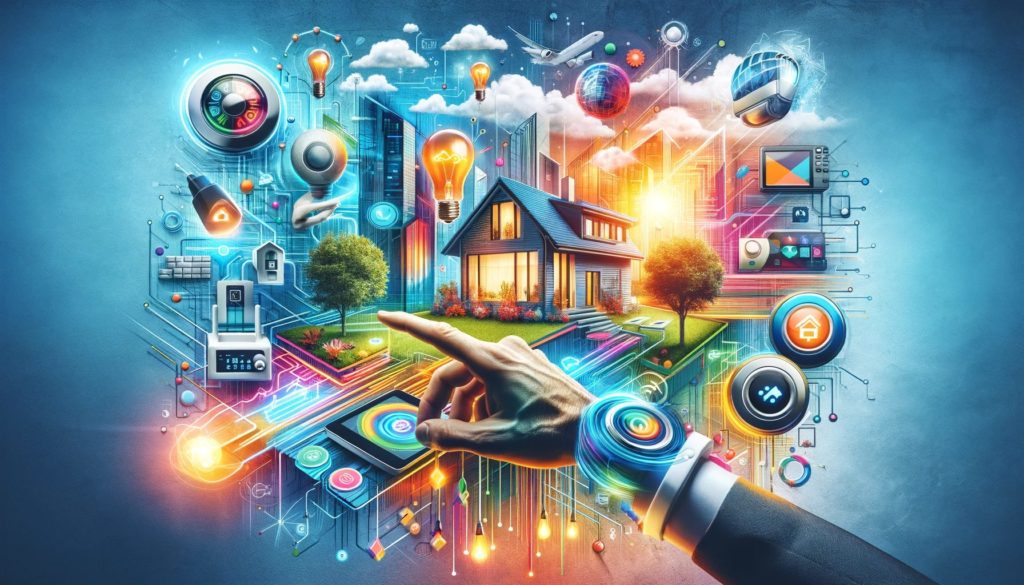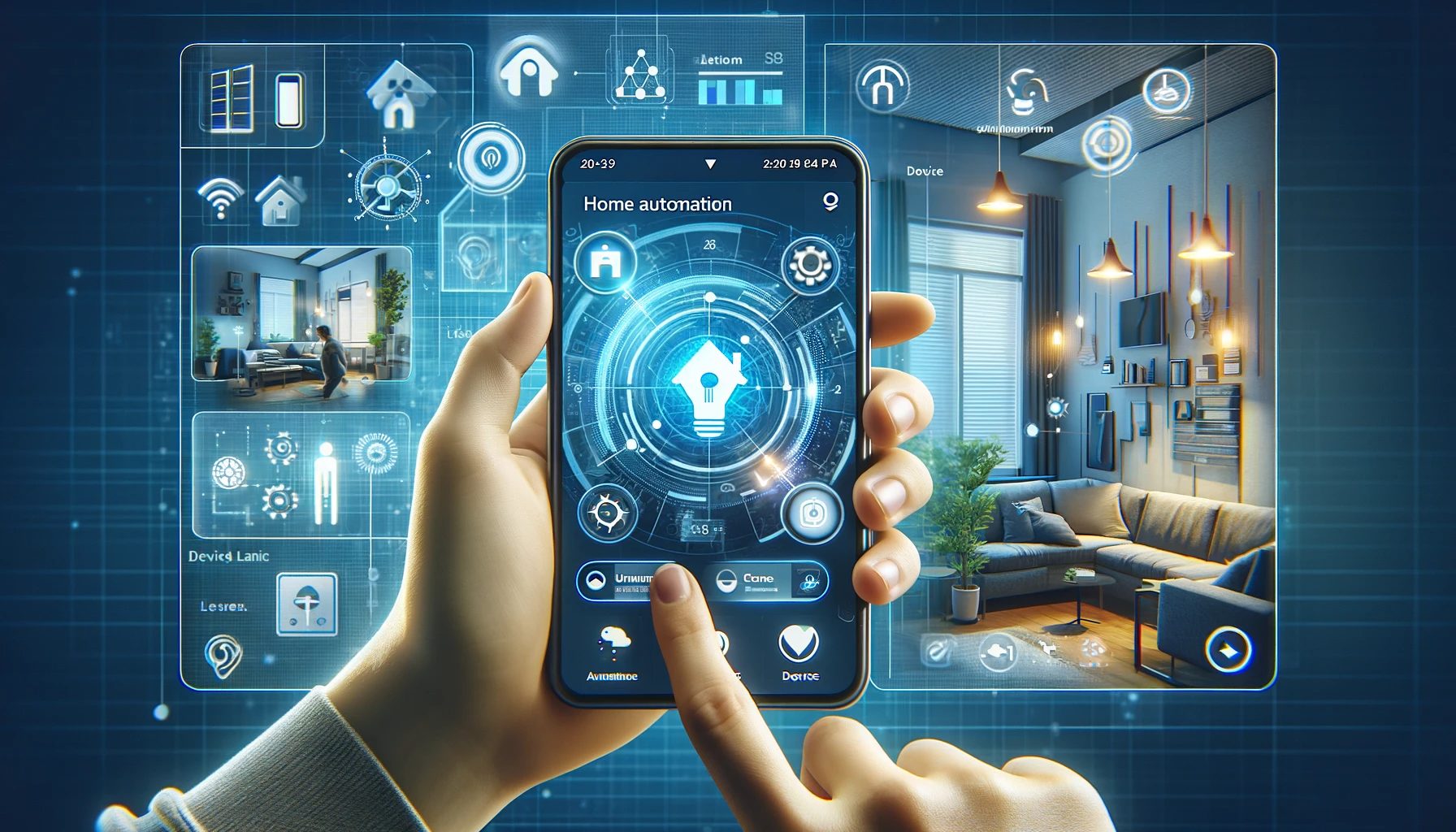Home automation might not be the first thing that comes to mind when setting up a business, but there are many innovations in this sector that can simplify your day to day office management tasks.
The use of smart technology and internet-connected devices, mostly developed for the home, will allow you to control and automate various office functions and appliances. Things like lighting, heating, air conditioning, entertainment systems, security devices, and appliances can all be all be managed through a smartphone app or a centralised unit within the office.
Key features of home/office automation include:
Convenience
Automating routine tasks like adjusting thermostats, turning off lights, or locking doors can be done remotely or set to occur automatically based on predefined conditions.
Energy Efficiency
Smart devices can optimize energy usage by adjusting settings based on usage patterns, presence in the building, or even external weather conditions, leading to potential savings on utility bills.
Enhanced Security
Integrated security systems can include smart locks, surveillance cameras, and alarms that can be monitored and controlled remotely, providing real-time alerts and peace of mind.
Personalisation
Automation systems can be customized to suit individual preferences and routines, with the ability to set scenes or create automation that fits the business’s working pattern.
Interconnectivity
Many automation systems are designed to be interoperable, allowing different devices and systems to communicate and work together seamlessly.
Overall, automation represents a major advancement in office management and lifestyle enhancement, offering users control, efficiency, and security through technological innovation.

The field of home automation has seen several significant breakthroughs over the years, which are all equally at useful in an office environment.
Voice-Controlled Assistants and Integration
The introduction of voice-controlled digital assistants like Amazon’s Alexa, Google Assistant, and Apple’s Siri marked a significant milestone in home automation. These assistants, powered by advanced artificial intelligence, enable users to control various smart home devices through simple voice commands. They can be integrated with a myriad of products, ranging from lighting and temperature control systems to security devices and kitchen appliances. This development has not only made the control of home automation systems more intuitive and accessible but also paved the way for a more interconnected and responsive home environment. The key achievement here is the seamless integration of these assistants into diverse devices and platforms, making smart home technology more user-friendly, adaptable, and integrated into everyday life.
Internet of Things (IoT) and Interconnectivity
The proliferation of the Internet of Things (IoT) technology has been a game-changer for home automation.
IoT refers to the network of physical objects — devices, vehicles, appliances — embedded with sensors, software, and other technologies for the purpose of connecting and exchanging data with other devices and systems over the internet. This advancement has enabled a level of automation and control in home environments that was previously unattainable.
Devices can now communicate with each other, adapt to user behaviors, and even make automated adjustments for improved efficiency and convenience. The real breakthrough with IoT in home automation is the ability to create a network of interconnected devices, each sharing information and working in harmony to enhance the living experience.
Advanced Home Security Systems
The integration of advanced technologies in home security systems represents a major leap forward in home automation. Modern systems incorporate an array of sophisticated features, such as smart locks, wireless surveillance cameras, motion detectors, and comprehensive alarm systems. These components work together to provide enhanced security measures that can be monitored and controlled remotely, often through a smartphone. Real-time alerts and notifications add an extra layer of security. Some of the more advanced systems employ artificial intelligence and machine learning algorithms to differentiate between normal household activities and potential security threats, offering homeowners a new level of safety and peace of mind.
Each of these breakthroughs has significantly contributed to transforming the way we interact with and manage our living spaces, bringing about a new era of convenience, efficiency, and security in home living.

